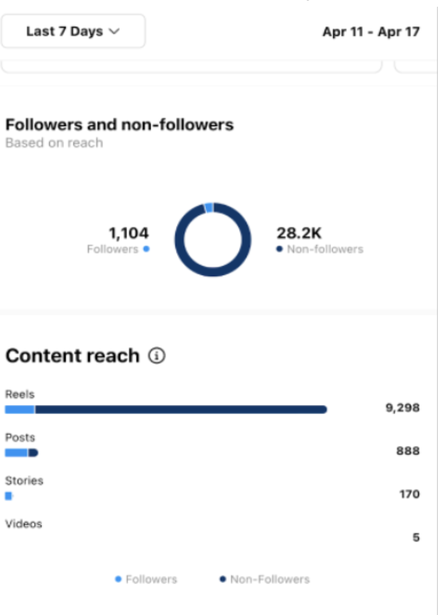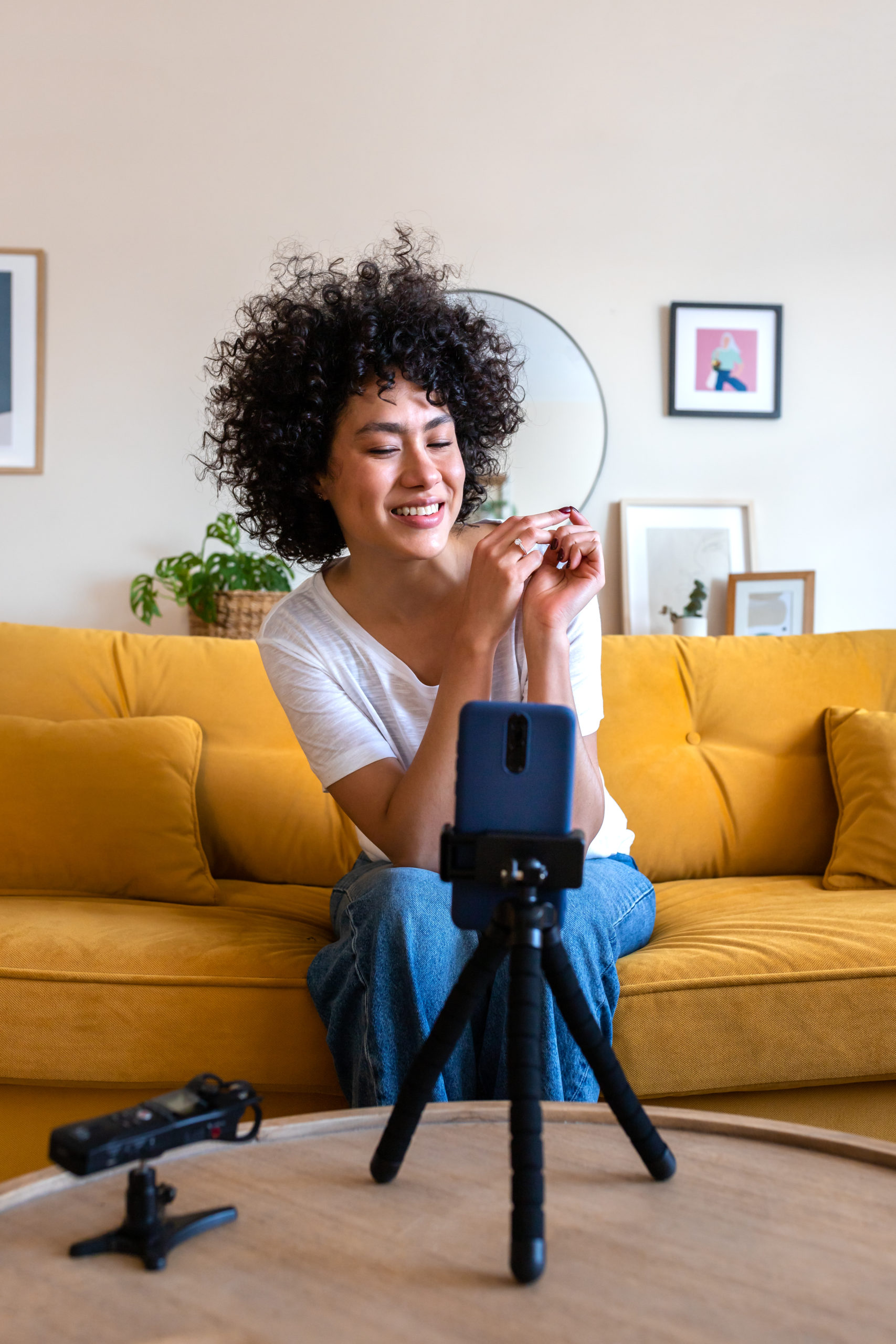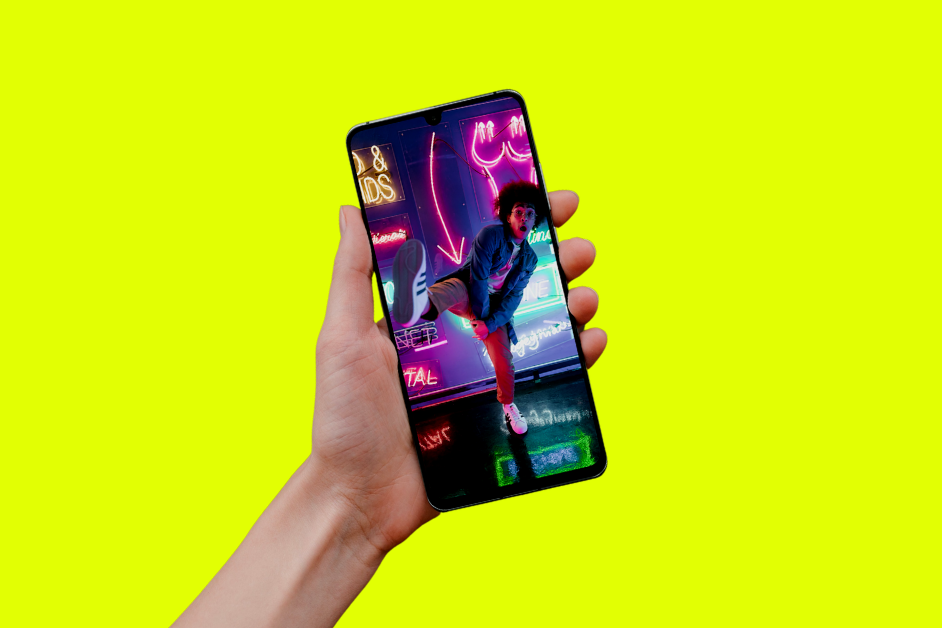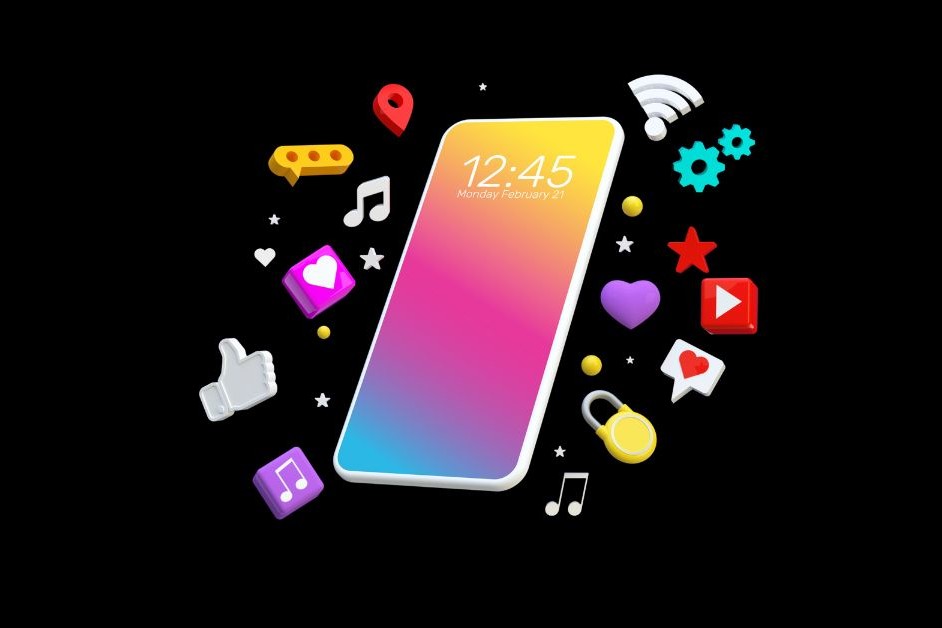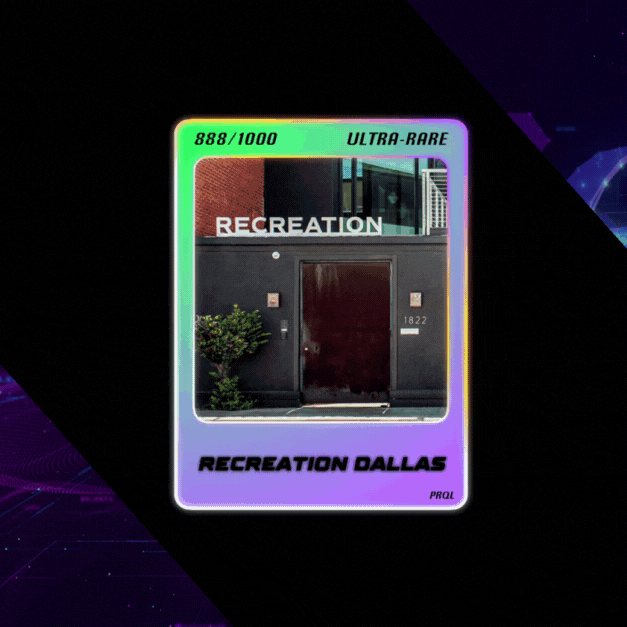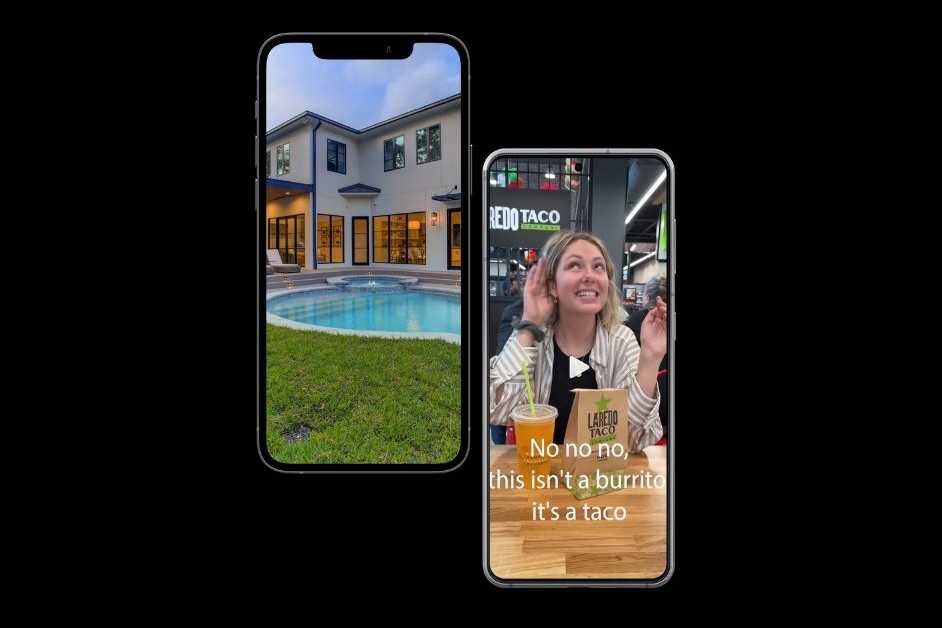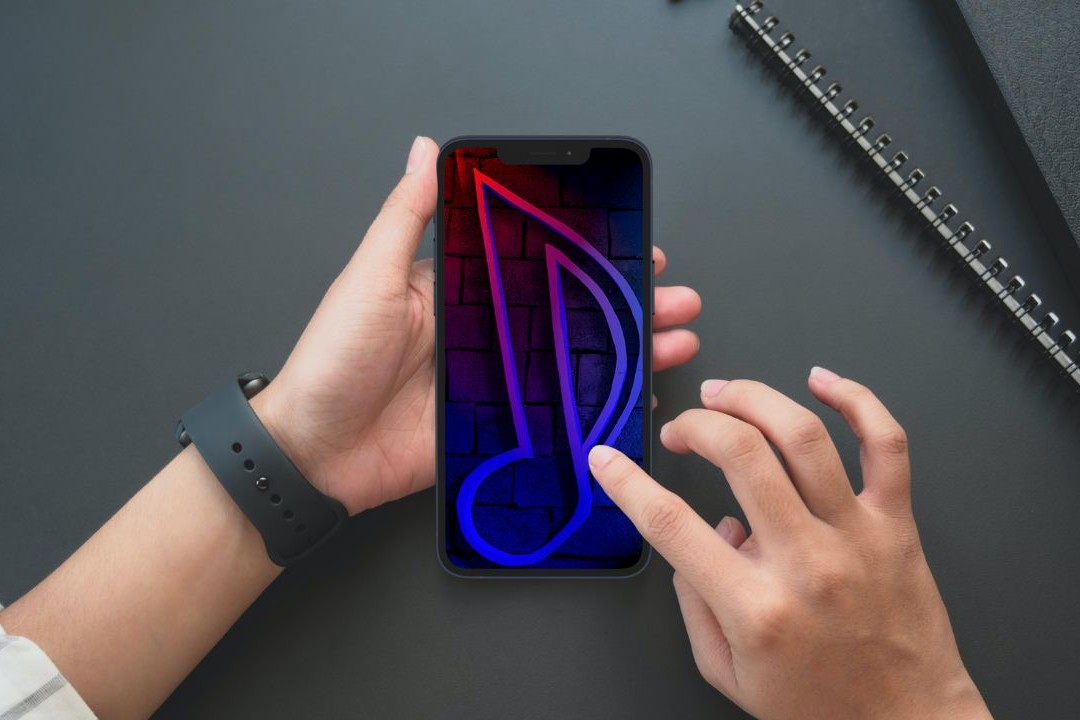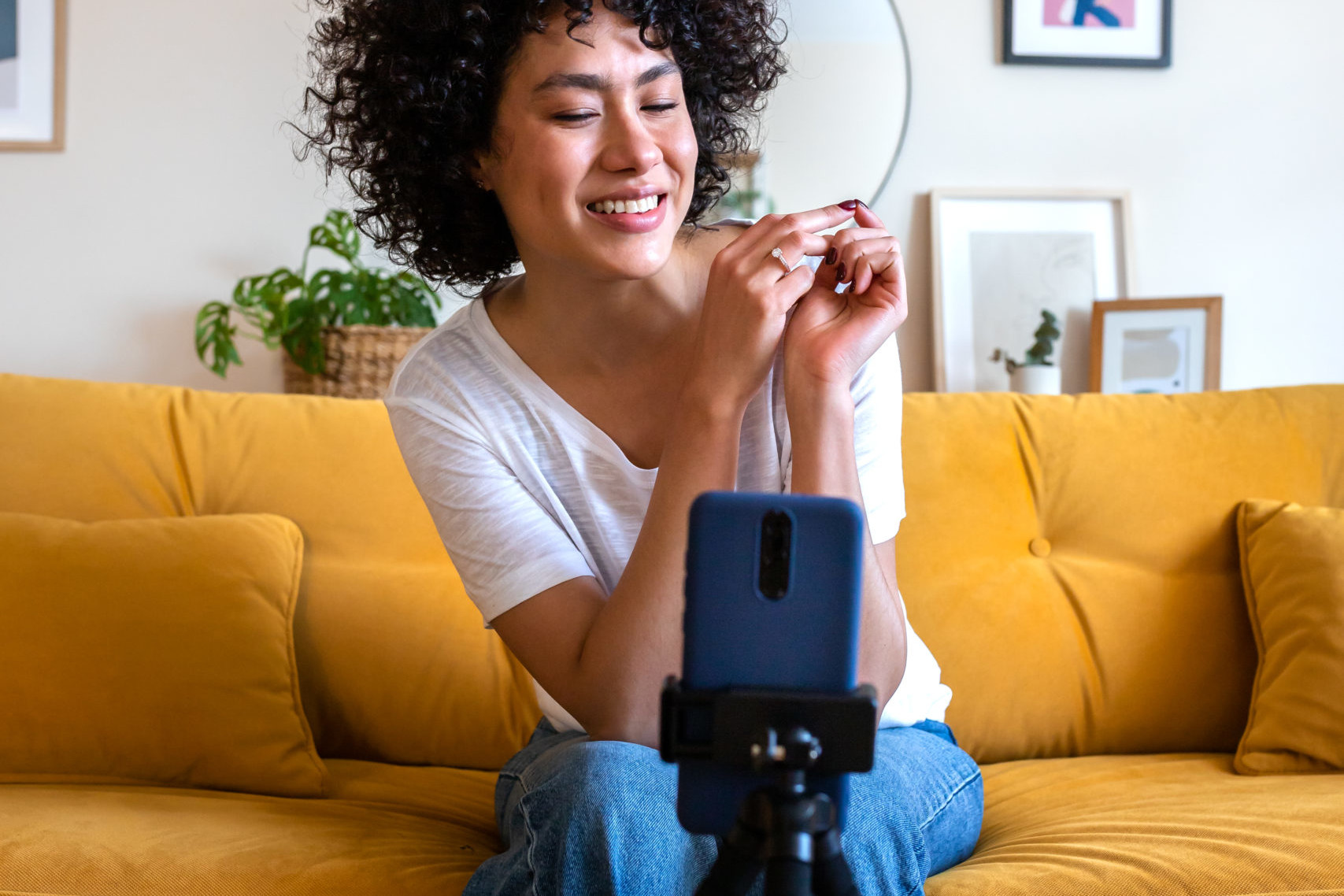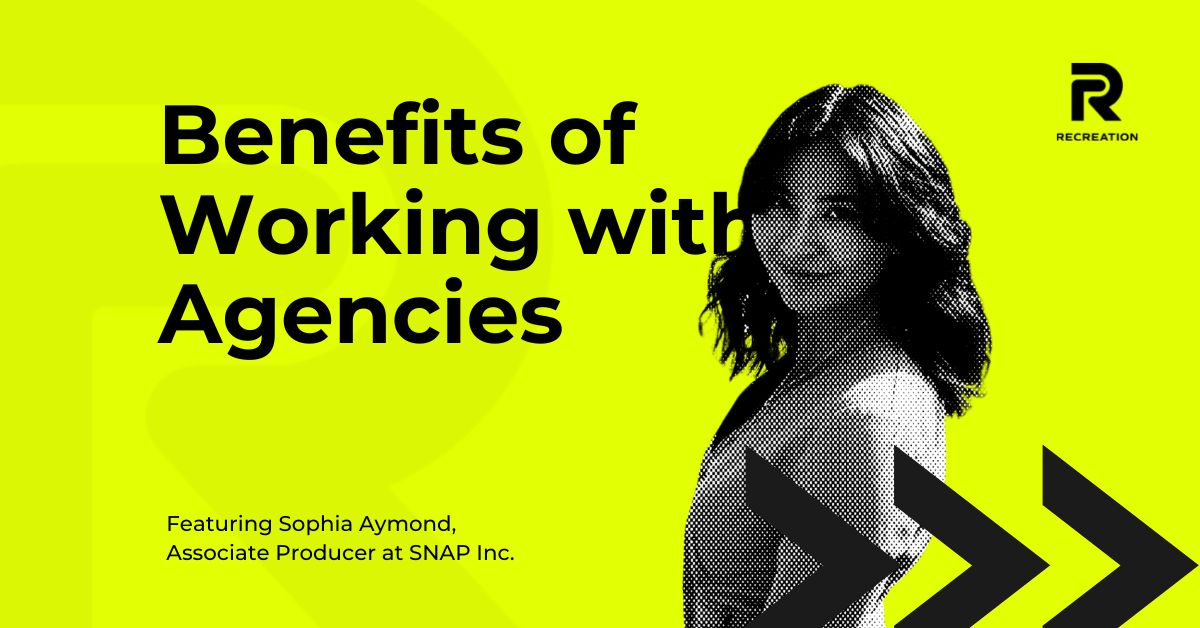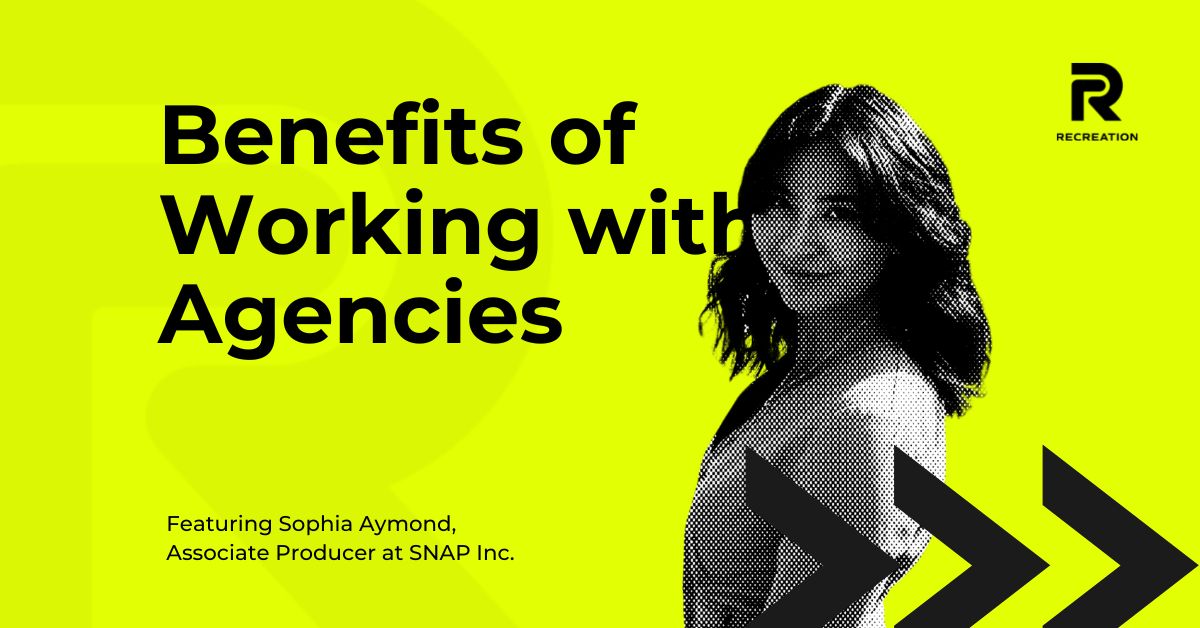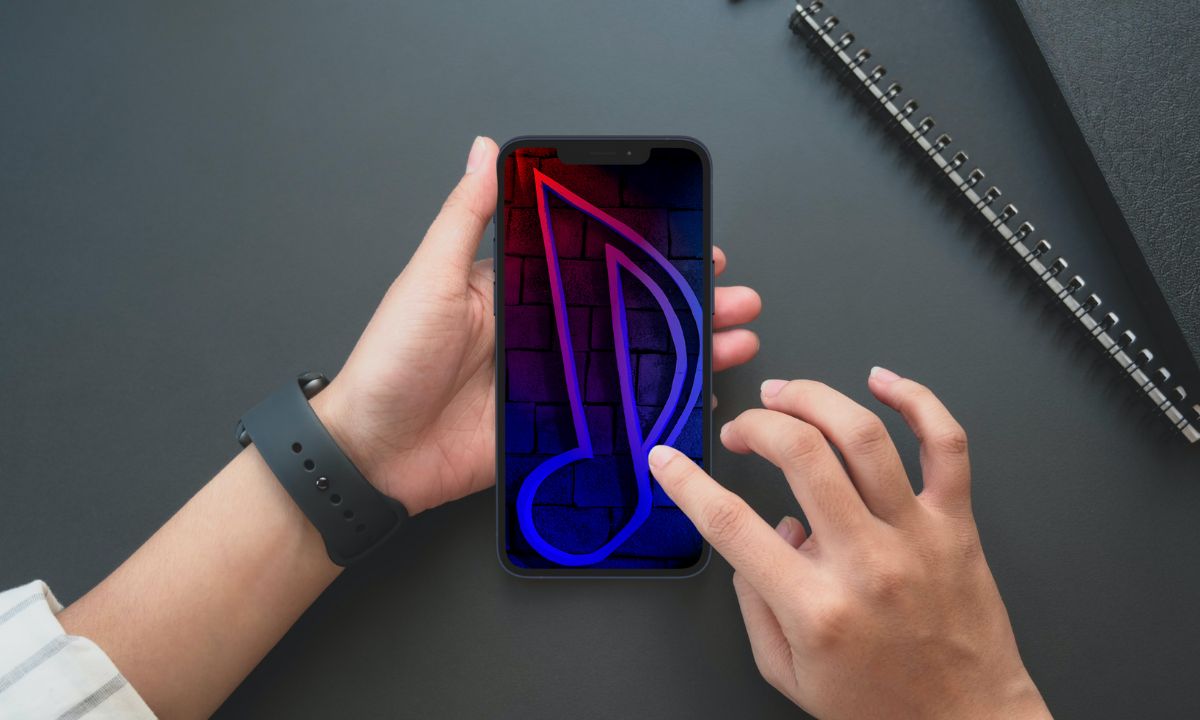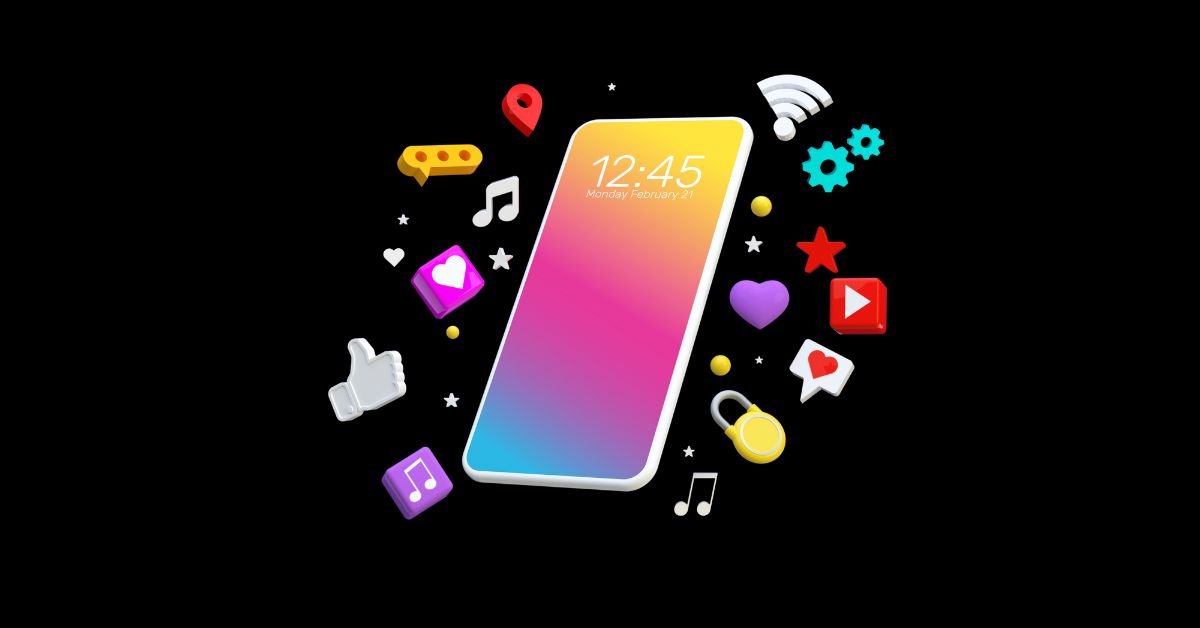The Growth and Potential of Youtube Shorts | Recreation Dallas
The Growth and Potential of Youtube Shorts
Tired of scrolling through Instagram Reels and TikTok? Well, now it’s time to add Youtube Shorts to your list of social accounts! Since the Launch of TikTok, everyone’s been playing catchup to the Chinese-based app. YouTube Shorts is Google’s answer to TikTok, which disrupted the video-sharing industry during the pandemic. Today, more than 1.5 billion monthly users engage on the platform through Shorts content. When you think about it, nearly 75% of the entire user base.
While you may be thinking, ‘great, another video app’, YouTube Shorts is actually making big waves for brands. For example, PokerStars, the largest poker channel worldwide, uploads several videos a week. When YouTube Shorts were integrated, the brand immediately capitalized on this. The YouTube Shorts showcase well-known “hands” of the world’s greatest poker players. After several weeks of testing, the YouTube Shorts proved to work better in many cases than the regular short videos on the channel. The Shorts generated some 600% more subscribers, compared to similar short clips on the YouTube channel. In the process, the Shorts generated so many views that they automatically made it into the top 3 best performing videos on the channel. Therefore, Shorts are now included in the poker brand’s YouTube strategy.
Glossier sold products through Shorts in June 2022 by creating a challenge for users to try. Glossier gave a hundred influencers a new pencil eyeliner and encouraged them to create Shorts videos with the hashtag #WrittenInGlossier in the caption. People who tapped the hashtag were brought to the Glossier website. There, they could buy the eyeliner and were asked to recreate a look as part of the challenge. Any Shorts video that included the hashtag was shoppable.
So what makes Shorts interesting for brands?
First of all, there is now a first-mover advantage. The feature is being pushed by YouTube and more and more users are watching them (views on Shorts increase significantly more than views on normal videos) but there is a limited supply. That is why this is the opportunity for brands to respond to YouTube Shorts now. YouTube Shorts also generates a lot of extra reach in views, but especially in subscribers.
Tips for Shorts
- Know your audience. YouTube appeals to the 15-25-year-old demographic. It is also very popular among 26-35-year-olds. While TikTok skews younger: it is most attractive to 16-24 year-olds.
- Experiment with Shorts. See how repurposing short-form content from other platforms works. Try posting original content, too. Are you getting the same results with the same content on different platforms, or are you better off creating original video for specific social platform. (A recent study shows that both ads created in TikTok and repurposed can be effective.)
- Be ready to capitalize on Shorts ad formats when they become available widely. For instance, brands will be able to connect their product feeds to their campaigns and make video ads on YouTube Shorts more shoppable.
- Consider partnering with influencers, especially individual creators. YouTube is building a community of creators on Shorts. As they grow in prominence, they are more naturally appealing to brands.
Related Posts
Why Working with Agencies can Benefit Your Company ft. Sophia Aymond, Associate Producer at Snap Inc. | Recreation Dallas
Howdy! My name is Lauryn Jones, and I am a social media manager and producer of the Rec Room podcast. I had the pleasure of interviewing Sophia Aymond, an Associate Producer at Snap Inc. Sophia has worked for companies such as MotorTrend Group, NAPTE, and PBS.
We discussed a multitude of topics in this podcast episode, from the ever-evolving social sphere to Augmented Reality and Web 3. One of my favorite topics we discussed focused on the benefits of working with agencies, specifically what a successful client and agency relationship could look like and what it involves.

Tell us about yourself.
Sophia: I’m an associate producer at Snap Inc. I am a content producer and work on the marketing and advertising team. Many of my deliverables are mainly for social, web, keynotes, and pretty much anything digital that has to do with advertising.
How did you get into this field?
Sophia: Honestly, networking. I feel for most of my career, I have networked almost every opportunity and didn’t want to go into traditional broadcasting. And I knew I didn’t want to do journalism. So just kind of figuring out this new digital era. And I knew I wanted to do something in vertical content creation. So just figuring out my role in that world. I was a journalism major first, and then I switched over to create media because I shortly realize that, this is just something I don’t want to do.
So what did you do before getting to Snap inc? What did you do before?
Sophia: So before this, I had worked a couple of different variations of jobs. I was at Motortrend, a car magazine that started building a digital presence with social media. Many companies had to take their revenue from print over to digital and make that switch. And I think everyone was pushing out content digitally to build an audience while their primary source of revenue was still print. That was in 2019.
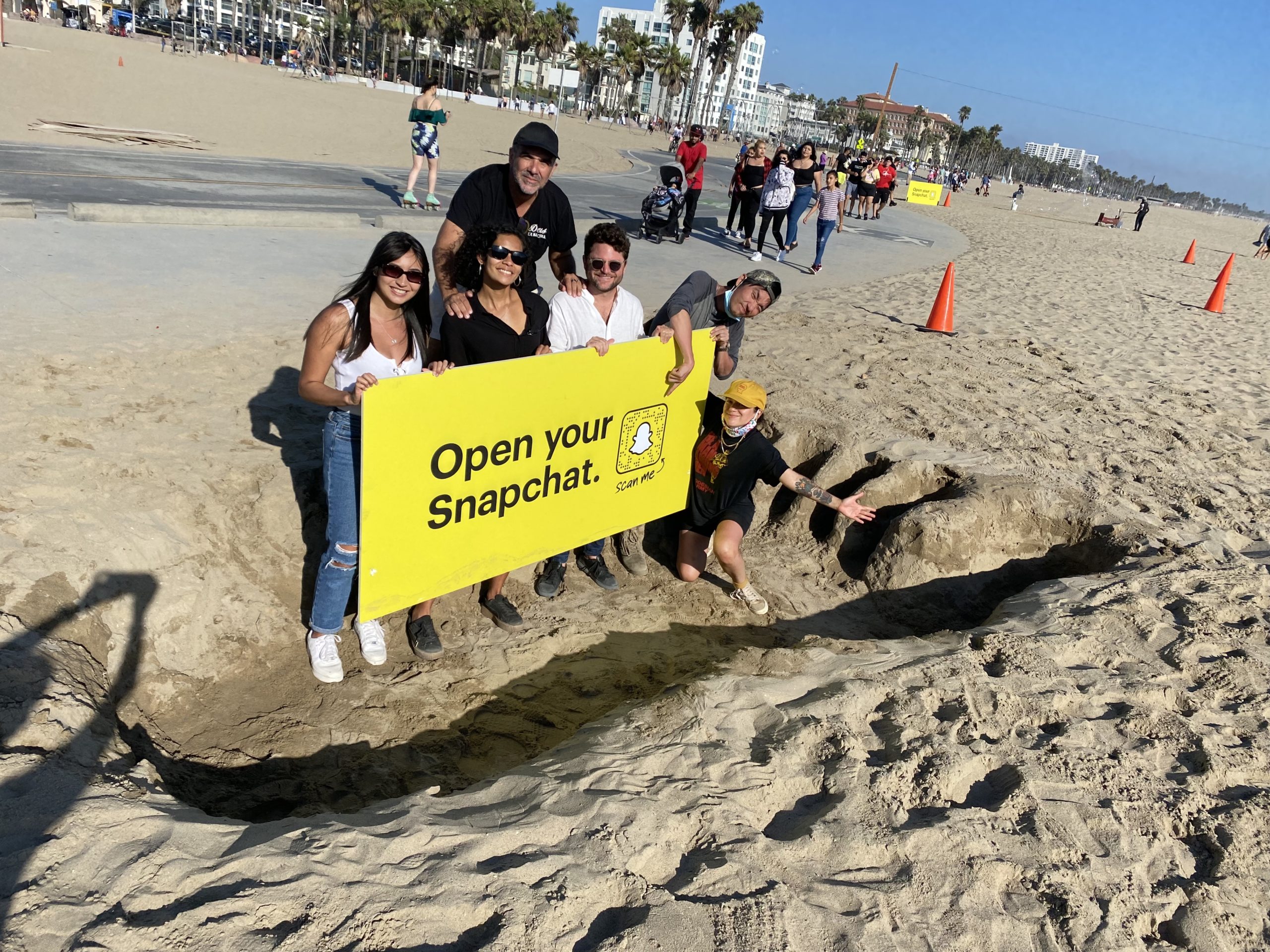
Can you tell me a little about your journey moving from a traditional to a digital realm?
Sophia: With social media in general and how much it’s grown before 2020, people didn’t realize how much. I think that was significant but still up the air. Impact it would have on consumers, how people viewed content, and what the future of content would look like…
People didn’t believe in social media or any vertical digital. That video would be as important as print or a traditional commercial. So after COVID happened, there was a huge switch, and many people realized, okay, no, with this new development and TikTok and that being a video platform. Then every other app adapting that just made it a hundred percent.
With digital content creation, can you tell us a little about what you do daily?
Sophia: As a producer, my role requires a lot of communication. I am a liaison for everything. My expertise is not only in production but also in marketing, creativity, and communicating with vendors. It just has to be able to translate all of that kinds of different forms. And a lot of other teams have a lot of different ways of communicating what they need.
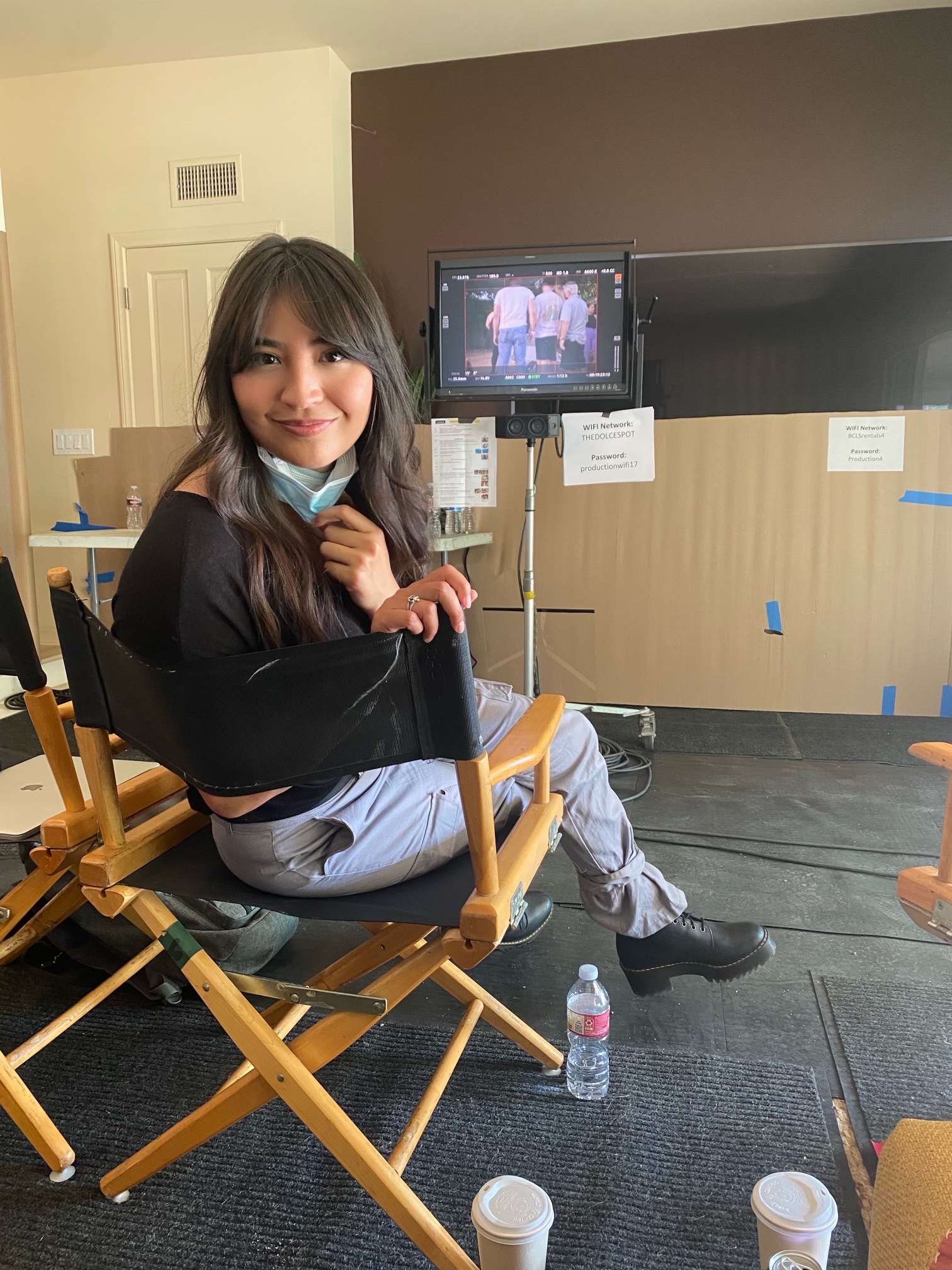
I know that you’re in an in-house marketing role. So how is working with other agencies as, as opposed to working with your in-house agency?
Sophia: So, as an in-house producer, you’re more in fine-tuning things like “what are we going to do? What is going to be the impact of this creative? What are our deliverables? What is this campaign all about?” And just really being in the weeds of the process.
In a traditional agency, you’re already brought on, with the main foundations already figured out. Usually, the first steps are bidding, scoping the project, and creating your pitch deck. And then from your pitch deck, you get, awarded, and then you get kicked off, you start the project right away based on what you pitched.
When you work in-house, I think the creative can definitely, change shift based on what your executives say, what your marketing team has to say, you have the ability to be more flexible with it.
However, we work with agencies all the time, and what makes a really great partner are people who are definitely flexible with us. Things are always changing, there’s always going to be better creative. So I think just being able to be flexible is so helpful on an agency’s part to stand out.
What do you personally look for in a relationship with an outside agency?
Sophia: I think our best partners are just super flexible and understand what we are as a company and are partners who we’re able to completely rely on, knowing that this agency will produce the best content for our brand.
They’re going to understand our review process. They’re going to appreciate our feedback. I think that what makes great partnerships is when an agency can communicate effectively with us. We can effectively communicate what we want, and they can reciprocate that while having fun. There’s always a lot of fun creating content. And I think the best agencies are the ones that just have a lot of fun with us.
Sometimes if you don’t hit a delivery date or if you’re not getting feedback in time, or maybe it’s not moving as scheduled, you never want a sense of urgency. You always want a nice experience like – “okay, we’re going problem solve here.”
And I have had so many agencies where, internally, I’m freaking out; they’re saying, “no, we got this, thank you so much for being here.” Especially when they act as an extension of my team because it helps so much to have someone say things like, “no, we got this.”
I think that’s one thing about agencies and working with agencies from an internal perspective. You don’t always have the capabilities to make what you want in-house because of specific resources, even if you’re constantly popping out content. When I work with an outside agency, it’s a support system, honestly. You need help. And I think having a reliable source to go to – will be the person you always want to return to.
Want to learn more? Tune into the podcast to hear more from Sophia Aymond.
Check Out Sophia’s Work
Related Posts
How Music Can Positively Impact your Social Content | Recreation Dallas
Whether it is trending audio, royalty-free music or noises you made with your mouth, music and sounds featured on your videos, Reels, and Tik Toks can significantly influence your content’s performance. Music informs what we see and affects our moods.
Think about it. There are award categories dedicated specifically to sound design, best original song, and overall soundtrack. So why would we not also put the same thought behind the content we create? The amount of consideration and thought that went into creating a Reel or video should also go into the music selection or soundscape behind a video. If you only think about what the Reel looks like, you only see half of the picture.
Here at Recreation, we love to use trending audios behind our Reels when possible. We have noticed that trending audios can double the amount of engagement you see on a post. We have seen accounts with less than a hundred followers earn 200 likes on a Reel and also boost their engagement/ followers.
Now we know every brand cannot use trending audios, but that does not mean half step and choosing a royalty-free song that does not fit your message or Reel. There are many great options regarding what is available for royalty-free music, meaning we should not settle for the first audio we see. Take a second and really listen to the music behind your Reels or ads and ask yourself, “does this song help serve my end goal?”
Nike’s Use of Audio
Nike is an excellent example of a brand capitalizing on the importance of music in its ads. I’ve always subscribed to the fact that some Nike ads make you feel like anything is possible. Like you can run through a brick wall. If you strip away the background music from videos, you are taking away an added layer of complexity.
Music defines the tone of your video and sets the pace. Here are three examples of music paces:
- Slow Paced builds suspense and creates drama. You will find slower pace music in videos that are a bit longer form. (Jaws)
- Neutral Paced music is used more for narrations or interviews. It is there as background filler. Imagine for a second a journalist is conducting an interview, and the whole time the interview is happening, ‘Crazy Train’ by Ozzy Osbourn is playing in the background. That could get very distracting very quickly.
- Fast Paced music, in the same way, that slow-paced music builds suspense and drama, creates tension and excitement. Fast-paced music goes best with videos requiring quick cuts or a faster tempo. (Chase scenes)
All this is to say that music is a powerful marketing tool and should be treated as such. Do not half-step. Choose audios that add to your content instead of subtracting.
Tip: To be inclusive and expand the audience you are reaching, including subtitles on a video is a great route to go. Just as I’ve laid out the importance of background music, a whole demographic of people don’t listen to videos or are unable to. Subtitles may seem small for some, but for others, it is vital.
How We Use Audio For Our Content
Main Avenue Creamery
This Reel uses the audio ‘So This is Love.’ The main goal of this Reel is to incite a mood change and tempt with ice cream.
Smarter Potato Company
This Hi-Fi Reel used the trending audio ‘Pennies from Heaven’ to complete the video.
Main Avenue Creamery
For this reel, we wanted to accent the elevated flavors and smooth experience akin to a luxury product. We did this utilizing a classic Hollywood feeling with a sound of strings and old fashioned glamour.
Movies with the Wrong Music
This video is a compilation of different famous movie scenes that have had their original audio striped and replaced with the wrong music.
Related Posts
HiFi vs. LoFi Content: What's the Difference?
Difference Between ‘Hi-Fi’ and ‘Lo-Fi’ Video Content
With the rise of video content, social media has drastically changed in the past couple of years. The pressure to make video content has never been higher, and some content creators feel the heat. But, a little spark can lead to a great fire, and the gasoline is ‘hi-fi’ and ‘lo-fi’ content. Let us explain:
At Recreation, we think of video content as either ‘hi-fi’ or ‘lo-fi.’ When you think of ‘hi-fi,’ you believe high-quality, best of the best; that’s what ‘hi-fi’ videos are. While hi-fi content is visually beautiful and tells excellent in-depth stories, there is something special about the shareability of the everyday phone video.
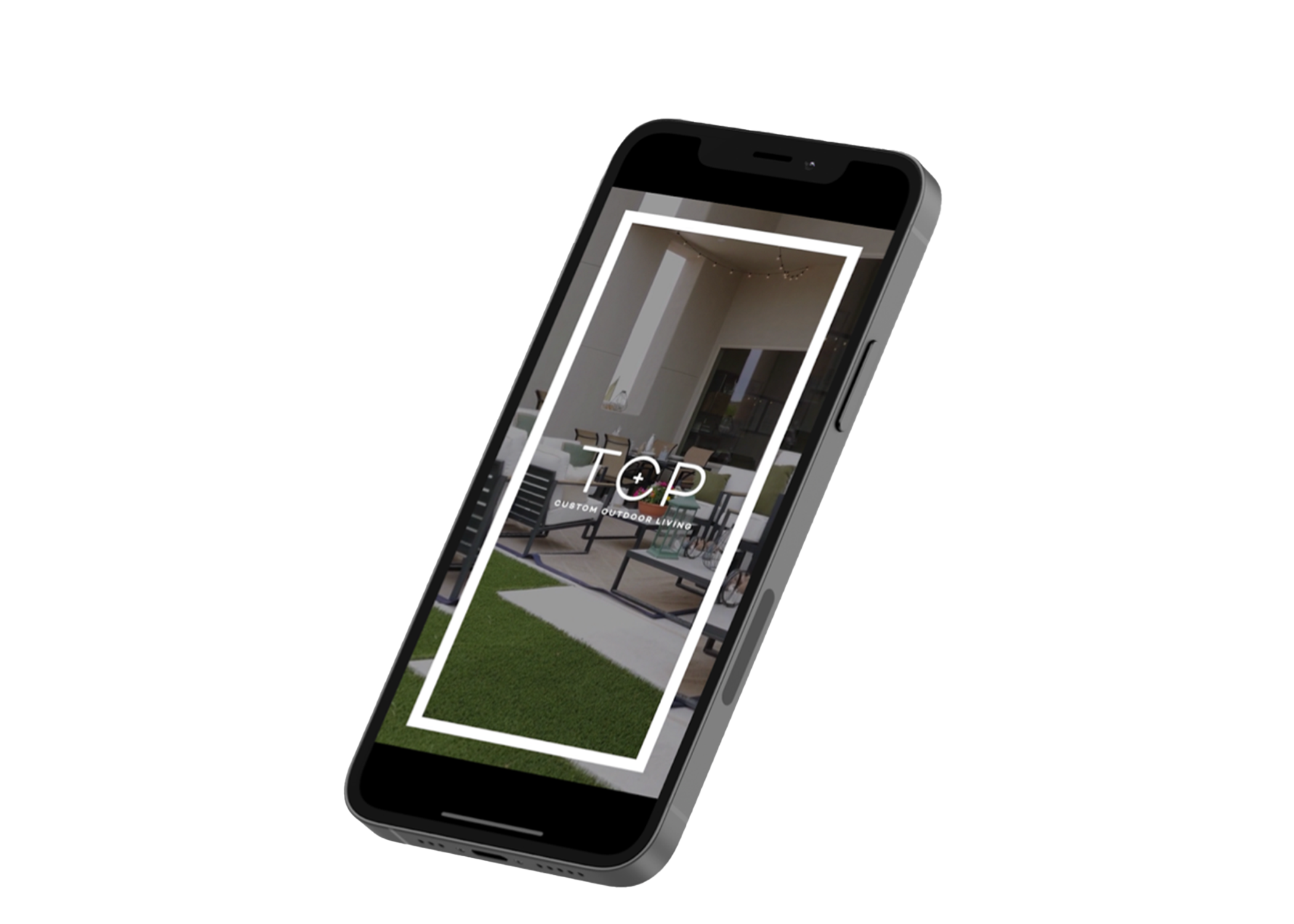
With the boom of video content in the past several years (thanks to TikTok & Instagram Reels) and enhancements of phone cameras, video content is never easier to create. One of the most significant parts of ‘lo-fi’ content is the simplicity and relatability. ‘Lo-fi’ videos intend to connect with those casually browsing social and their preference to consume content; no one likes a blatant ad.
When creating content, it’s essential to consider a couple of different varieties; platform (Instagram, Facebook, TikTok), format (hi-fi vs. lo-fi), and how you plan to tell your story. Consider what you’re trying to communicate, your potential audience, your already loyal following, and what type of content is already performing well on your channels. Knowing the difference between ‘hi-fi’ and ‘lo-fi’ content and your audience will be the key to your success when crafting actual Reels.
Hi-Fi: Smarter Potatoes
Although this Hi-Fi Reel utilizes trending audio, it was edited outside the platform, giving it a higher production value.
Hi-Fi: Texas Custom Patios
Produced outside the platform, this Reel is nicely branded and does not follow a trend.
Lo-Fi: Laredo Taco Company
This Lo-Fi Reel uses trending content to portray a more authentic experience.
Lo-Fi: Main Avenue Creamer
Here is an example of a Lo-Fi Reel using trending audio to bolster more engagement.
To learn more about video content on social media, check out our other article about how Vertical Video is King.
If you’re looking for a partner to help you integrate innovative strategies for your brand, contact us!
Related Posts
Marketing in the Metaverse
If you’re like most brands, you’re trying to figure out how to market in the metaverse. It’s a new frontier, and there are a lot of unanswered questions. But that doesn’t mean you can’t get started.
One thing to keep in mind is that marketing in the metaverse is different than traditional marketing. By using the metaverse, brands can create more engaging and immersive experiences for their users. Additionally, the metaverse provides access to a large and growing audience of potential customers. As more and more people spend time in the metaverse, it will become increasingly important for brands to have a presence in this digital universe.
What is the Metaverse?
For the uninitiated, the metaverse may sound like something straight out of a science fiction novel. But in reality, it’s not that far-fetched. The metaverse is a collection of many different user-created virtual worlds that are all interconnected. Users can move freely between these worlds, and they can also create their own worlds within the metaverse. It’s a place where people can interact with each other and with computer-generated characters and objects. The metaverse is constantly expanding as more and more people create their own worlds within it.
What can you do in the Metaverse?
Think of it as a cross between a video game and social media. Users can create their own avatars, or digital representations of themselves, and explore the metaverse. Whether you’re looking for social interactions or solo activities, there’s something for everyone in the metaverse. You can meet new people and make friends, go on adventures together, or compete against each other in games. You can also shop, listen to music, watch movies, and much more. The metaverse is constantly growing and changing, so there’s always something new to explore.
What are some examples of metaverses that exist?
When people think of metaverses, they usually tie it synonymously with blockchain platforms. These include popular platforms like Decentraland and Sandbox.
However, not all metaverses are on the blockchain. For example – Fortnite and Roblox are popular games that have virtual worlds where other users can interact with each other online.

How brands can use the metaverse:
- New Marketing Platform: Instead of traditional email marketing, the metaverse will create new opportunities to test promotions and loyalty programs, just like Chipotle showed by launching their Boorito promo as digital-only this year.
- Sell More Products: A new world means a new realm and type of products to offer that help promote your business.
- Better Communication: Digital commerce will have an additional dimension and opportunity for buyers and sellers to connect in a new way.
- Enhanced Experiences: Instead of just a zoom call or a Facebook event, imagine if you could make this an occasion where people could join in person or buy a ticket for the virtual experience. The Metaverse Will Enhance Physical-World Experiences overall.
- Innovative Community Building: Since anyone, anywhere, can access the metaverse, and it is still a relatively new experience, there is a degree of shared community experience that can help evangelize your audience.
Video Credits: Montreal CityNews
The Famous Cosmos’ Diner: Metaverse Cafe
- A food & beverage small business utilizing the metaverse.
- A local, unique Canadian Diner invested $15,000 to develop an experience in Decentraland.
- Due to its cult-following, the experience allowed fans of the restaurant to engage with it in a new way.
- People can explore the recreated restaurant, learn recipes, and interact with other users in the virtual space.
Fidelity: The Stack
- Invested in a plot in Decentraland.
- 2×2 space with an interactive building that allows players to learn about investing in ETFs and index funds.
- Players go through the building collecting orbs and reading signs.
- Once all the orbs are collected they can be converted into an NFT.
Dolce & Gabbana: Fashion Week.
- Dolce & Gabbana unveiled 20 full looks of Metaverse wearables that they specifically designed for the Metaverse Fashion Week. Playing on the term catwalk, they used cat-faced avatar models to showcase the collection.
- After the show, the full collection became viewable in an exclusive Dolce & Gabbana pop-up in Decentraland’s Luxury Fashion District, curated by luxury-focused marketplace UNXD.
- UNXD, as well as Vogue Arabia, were core partners of Decentraland in curating the traditional fashion brands at MVFW.
- Recently, Dolce & Gabbana sold a series of nonfungible tokens (NFTs) for about $6 million as part of another collection co-created with UNXD.
- D&G‘s next step into the Metaverse is the launch of the DGFamily NFT Community, which intends to give members exclusive access to physical and digital drops and wearables.
- DGFamily holders will receive airdrops from this MVFW collection.
As the metaverse continues to evolve, it will likely become an increasingly important part of our lives, offering new and unique opportunities for connection and collaboration.
There are already many metaverse platforms available, and the number is only expected to grow in the future. As a result, marketing your brand in the metaverse is likely to become increasingly important for businesses of all types.
If you’re looking for a partner to help you integrate innovative strategies for your brand, contact us!
Related Posts
The 80/20 Rule For Branded and Trending Social Media Video Content
Social Media strategies for small and large businesses alike have changed a lot in the past decade. During this time came an unwavering shift towards content creation and community building. It’s not just about posting compelling content anymore; it’s also about having that content relate to you and your brand. This rings true just as much with branded and trending content types.
By applying the 80/20 rule for trending and branded social media video content, you can engage your audiences differently to drive specific results. This is based on what type of content, the frequency and timing of the delivery, and the overall tone of your message.
Let’s take a look at how this works:
What is the 80/20 rule?
Coined by Italian economista Vilfredo Federico Damaso Pareto, the “Pareto Principle” or 80/20 rule asserts that “80% of the results you experience, come from 20% of the effort you’ve put in.”
Other examples include:
- 20% of customers account for 80% of total profits
- 20% of manufacturers supply 80% of the market
- 20% of sales reps generate 80% of total sales
How does it apply to social media video content?
When it comes to TikTok & IG Reel content, this rule allows brands to communicate their values, while building additional rapport with their audiences. Therefore brands should consider that:
- 80% of content should be “Branded”
- 20% of content should be “Trending”
What are the differences between branded vs. trending video content?
Branded video content is key to conveying to your audience the 3 W’s;
- Who you are
- What you do
- Why you do it.
This particular content should show a brand’s mission, vision, services, or products.
Including your brand’s colors, fonts, customer base, or employees is a great way to build a brand voice and establish your brand identity. The quality of this content is typically hi-fidelity and more evergreen in nature.
Think of a high-quality and produced commercial on television or anything that requires a large team, expensive budget, or relies on company branding.
Trending Video Content
Content that falls in the category of trending is meant to spark a relevant conversation topic with its audience. Trending topics should be incorporated when there is an important element of timeliness involved and when an opinion or stance on the matter is absolutely necessary. Trending content can sometimes utilize a specific:
- theme
- editing style
- filter
- and/or audio
that has recently experienced a surge of widespread popularity on the internet. Often times trends relate to popular movies, tv shows, or music. The quality of this content is typically lower, with fewer turnaround times, and only engages the audience for the duration of a trend’s lifetime.
Following and participating in trends help companies connect with their customers by appealing to popular interest.
Examples include following a TikTok trend using a certain sound or actions like “the ice bucket challenge.”
@laredotacoco What is your go-to order? Let us know!👇🌮 #Tacos #AuthenticTacos #RGV #TacoTok
@homemadebrandicecream 27 pictures isn’t enough to show how much we love ice cream❤️ #27photochallenge #27photos #icecream #udf #cincinnati
@freeman.leonard “Hmm, that’s a great question.” *turns off camera to Google an answer* Here’s a few pitfalls to avoid during remote interviews.#interviews #jobtips
To summarize, you can apply the 80/20 rule to your social media video content by testing out trending or branded content before or alongside HiFi or LoFi formats to help achieve a diverse audience and reach.
If you’re looking for a partner to help you apply these strategies and create the right video content for your audience, contact us!
Related Posts
Vertical Content is King!
It’s old news that a majority of us consume video content through our phones, but did you know that those who fully adopt the screen real estate perform much better than traditional “widescreen” videos?
You can blame TikTok and Instagram Reels for that.
These developments have carried over to how we approach social media content. By shifting our focus to crafting engaging vertical video content for our clients, we’ve seen results that leave the concept of “static” content as a distant thing of the past.
To give you some perspective, TikTok is the 6th most popular social media platform on the market that engages its users with vertical video content. And as of now, TikTok is poised to overtake Youtube for the first time ever in terms of video content consumed.
- According to Hootsuite, TikTok is now the top app for consumer spending, surpassing Tinder for the top spot.
- Instagram Reels receive 22% more engagement than regular Instagram video posts
- Meta reports that up to 675.3 million users can be reached with ads on Instagram Reels
- TikTok users like connecting with brands, with 73% reporting that they feel a deeper connection to companies they interact with on the platform.
How our Clients Found Success with Vertical Video Content
We’ve seen immediate success for our clients when we made the switch. When comparing a few vertical videos against static/traditional content, one of our clients saw incredible reach from users in a span of just one week. Many of those who weren’t even following the brand.
If you’re looking to make a change or if you have any questions on how to get started, feel free to reach out to us on our website or by replying to this email!
